LESSON 1: The West is "thirsty" for fresh water
LESSON 2: Many "scenarios" to protect production
Lesson 3: Finding solutions to the "problem" of domestic water
Faced with the increasingly severe trend of saltwater intrusion, to minimize the damage caused, the Mekong Delta needs long-term adaptation solutions.
Besides engineering solutions, people also need to be proactive in adapting to changes in climate and weather, especially during the peak of drought and salinity each year.
RECALCULATE PRODUCTION
Agricultural production in the Mekong Delta region is increasingly facing difficulties due to the adverse impacts of climate change. The 2023 Mekong Delta Annual Economic Report also pointed out that although agriculture plays the most important role in the GRDP of the Mekong Delta, it is not the main driving force for the regional economy.
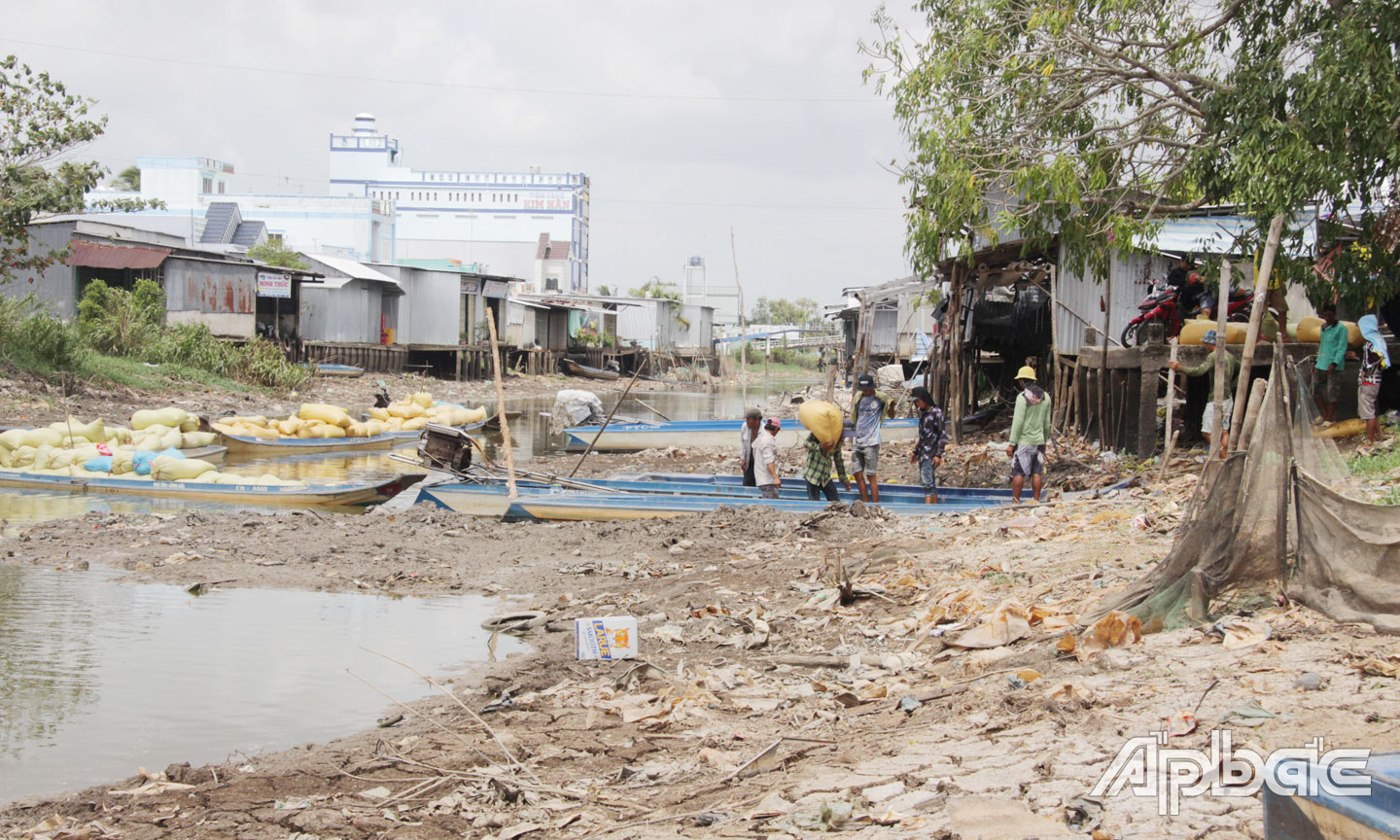 |
| Canals in Tran Van Thoi district, Ca Mau province are dry. |
The agricultural sector currently generates 34% of the region’s GRDP, receives the second largest investment (about VND32 trillion per year) but only achieves a growth rate below the median (3%). In addition, the current agricultural institutions and models do not have much room for growth and need to be fundamentally changed…
From this reality, looking from the perspective of agricultural production, especially for rice, Prof. Dr. Bui Chi Buu, former Deputy Director of the Vietnam Institute of Agricultural Science and Technology - Ministry of Agriculture and Rural Development (MARD) also emphasized that we have had a plan to respond early and appropriately to natural conditions.
Since the end of last year, when rice prices were high, many farmers and localities wanted to expand their acreage. However, with early warning information, the Ministry of Agriculture and Rural Development has asked localities to reduce their acreage. The entire Mekong Delta region sowed over 1.475 million hectares, a decrease of 3,690 hectares.
This is a proactive and appropriate adaptation to reduce damage due to adverse weather. However, this proactive approach is still seasonal. According to Prof. Dr. Bui Chi Buu, to develop sustainable agriculture, there needs to be longer-term policies. What to do and how to do it to adapt to nature requires investment in scientific research.
“However, this has been a weakness of Vietnamese agriculture for many years. Meanwhile, Thailand, a country that is more affected by heat and drought and is also a major competitor of Vietnamese agriculture, invests very well in science and has a plan to switch to green agriculture, adapting to climate change,” said Prof. Dr. Bui Chi Buu.
Vice Chairman of Tien Giang Provincial People's Committee Pham Van Trong said that climate change changes frequently and unpredictably, so researchers, experts and managers have also proposed many response scenarios. For example, in the past, in Tien Giang province, drought and salinity were mainly prevented and controlled on the Tien River from Cua Tieu straight up, and in some years the salinity encroached beyond My Tho City; but now it is different, the salinity is not only from the Tien River, but also from the Ham Luong River branch and the Vam Co River. These three routes combined make the work of preventing and combating drought and salinity more complicated because the salinity intrusion area is very large, not only reaching My Tho city, but also encroaching on Cai Lay and Cai Be districts. Therefore, in preventing and combating natural disasters, climate change, drought and salinity, Tien Giang province has also proposed many fundamental solutions. That is to identify key projects such as building sluices on provincial road 864 to prevent salinity and store fresh water for production and daily life, which have now proven effective. “In addition to projects to prevent saltwater intrusion and store fresh water, people and businesses inside and outside the province need to be proactive in preventing and fighting drought and salinity, such as dredging canals and ditches to store fresh water, and using water economically and for the right purposes during the dry and salinity season to help reduce investment costs from the state budget as well as each household…” - Comrade Pham Van Trong recommended. |
Looking at the overall picture of the agricultural sector nationwide, Director of the Department of Crop Production - Ministry of Agriculture and Rural Development Nguyen Nhu Cuong said that the Department has coordinated and monitored early forecasts to come up with appropriate adaptation plans. People and local authorities also have many years of experience "living with" drought and salinity, so this year they have proactively and successfully responded.
Specifically, the local agricultural sector has recommended that people adapt by restructuring their crops. Coastal areas have planted early winter-spring crops since mid-October and have so far harvested over 300,000 hectares, with productivity still guaranteed. In areas with dykes and dams, sluice gates will be closed when salinity exceeds the allowable threshold.
When the salinity recedes with high tides, fresh water will be pumped and stored to irrigate fields and gardens. For areas severely affected by drought and salinity, the Department has also recommended that farmers switch from rice production to crops and drought- and salinity-tolerant plants.
According to scientists, Dr. Vo Huu Thoai, Director of the Southern Fruit Institute, the Mekong Delta is the largest fruit growing region in the country with more than 389,000 hectares. However, in recent years, drought, saltwater intrusion, and floods have become more frequent. During the 2015-2016 drought and saltwater intrusion, the Mekong Delta had more than 9,400 hectares of fruit trees damaged to varying degrees. Faced with this situation, the Institute has researched solutions to prevent and combat drought and saltwater intrusion in fruit trees in general, especially durian trees.
Accordingly, for the fruit and vegetable industry to develop sustainably, it is necessary to re-evaluate water resources in each region. From there, plan and develop irrigation systems, build dams to prevent salinity in each region, and proceed to re-plan suitable growing areas.
In addition, it is necessary to assess the level of impact and damage of crop varieties in areas at high risk of drought and salinity and propose directions for shifting crop structure to adapt to climate change. In addition, it is necessary to strengthen irrigation water management and use, there should be a limit on irrigation water on a land area that needs to be irrigated for each type of plant, on each land area.
FOLLOW NATURE, ADAPT
In the long term, agricultural production in the Mekong Delta in general and each province and city in particular also needs more synchronous and effective solutions to adapt. According to MSc. Nguyen Huu Thien, an independent research expert on Mekong Delta ecology, the solution for people in the West to adapt to drought and salinity in coastal areas has been clearly stated in the Mekong Delta Integrated Planning announced by the Prime Minister in June 2022 in Can Tho City.
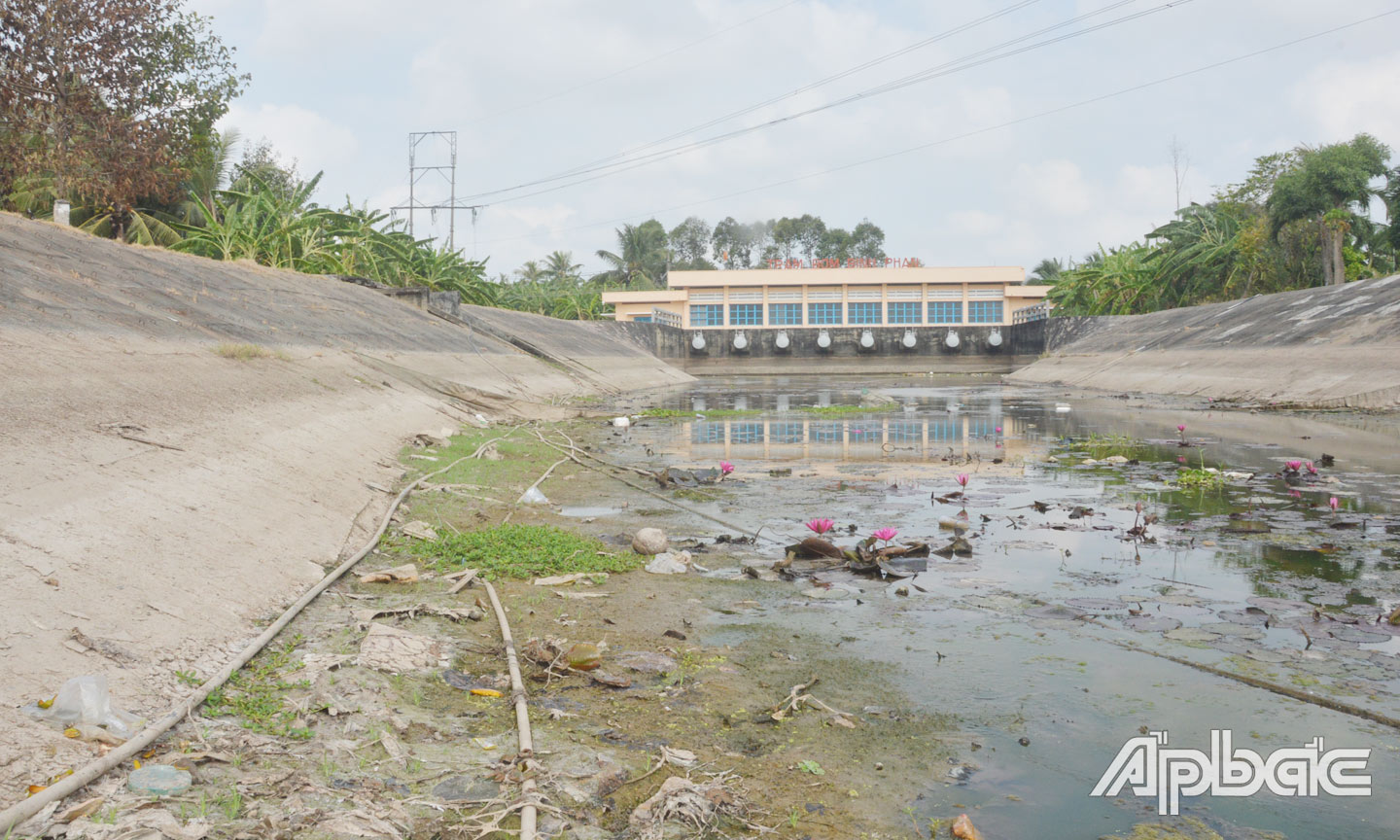 |
| Tham Thu Canal section through Binh Phan commune, Cho Gao district, Tien Giang province is running out of water. |
The integrated planning of the Mekong Delta is based on the principles in Resolution 120 issued in 2017 by the Government on sustainable development of the Mekong Delta in response to climate change. These are the principles of following nature, adapting, and limiting against nature.
At the same time, the Mekong Delta also needs to take advantage of the economic opportunities of climate change; consider saltwater, brackish water, and fresh water as resources to transform adaptive agriculture depending on each region, not necessarily cultivating rice all year round in coastal areas, unfavorable areas, especially in the dry season; shift agricultural priorities from rice - other crops - aquaculture to aquaculture - other crops - rice, meaning that rice is not the number 1 priority in the new agriculture.
In recent drought and salinity seasons, Ben Tre and Tien Giang provinces have been directly affected by saltwater intrusion from the Ham Luong River. Therefore, the two provinces have proposed that the Ministry of Agriculture and Rural Development invest in saltwater prevention sluices on this river. During a recent survey of the drought and salinity situation in Ben Tre and Tien Giang provinces, Deputy Minister of Agriculture and Rural Development Nguyen Hoang Hiep directed relevant units and will record capital to prepare for investment in the Ham Luong salinity prevention sluice gate this year. Deputy Minister Nguyen Hoang Hiep suggested that Ben Tre province coordinate with units of the Ministry to survey and place the culvert in the smallest place to save costs, have good geology and stable flow. |
According to expert Nguyen Huu Thien, the issue is not how much rice is produced, but how much income is important. Specifically, the Integrated Planning of the Mekong Delta divides the delta into 3 regions: The freshwater core region in the upstream is the region that always has fresh water even in extreme years. This region prioritizes rice, fruit trees, and freshwater aquaculture.
Next is the brackish area with alternating water regime, fresh water in the rainy season can grow rice, salt water - brackish in the dry season. For this area, it is necessary to convert the farming system to adapt to brackish water - salt in the dry season so that salt water - brackish water is an opportunity and not a nightmare every dry season.
Coastal areas are saline all year round, so it is necessary to develop a farming system that is adapted to the saline regime all year round. For freshwater areas such as: Go Cong (Tien Giang province), Tran Van Thoi (Ca Mau province) and some other freshwater areas, it is also necessary to recalculate production plans to adapt to rapid changes in climate and weather to achieve better results.
PVKT GROUP
.
Source


![[Photo] General Secretary To Lam works with the Central Policy and Strategy Committee](https://vphoto.vietnam.vn/thumb/1200x675/vietnam/resource/IMAGE/2025/5/28/7b31a656d8a148d4b7e7ca66463a6894)
![[Photo] 12th grade students say goodbye at the closing ceremony, preparing to embark on a new journey](https://vphoto.vietnam.vn/thumb/1200x675/vietnam/resource/IMAGE/2025/5/28/42ac3d300d214e7b8db4a03feeed3f6a)


![[Photo] Prime Minister Pham Minh Chinh receives a bipartisan delegation of US House of Representatives](https://vphoto.vietnam.vn/thumb/1200x675/vietnam/resource/IMAGE/2025/5/28/468e61546b664d3f98dc75f6a3c2c880)
![[Photo] Vietnamese and Hungarian leaders attend the opening of the exhibition by photographer Bozoky Dezso](https://vphoto.vietnam.vn/thumb/1200x675/vietnam/resource/IMAGE/2025/5/28/b478be84f13042aebc74e077c4756e4b)


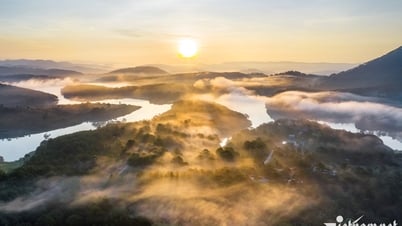








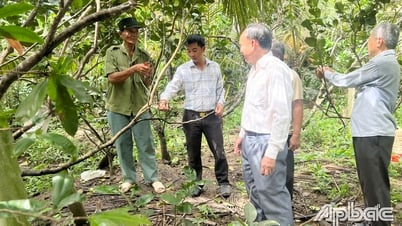

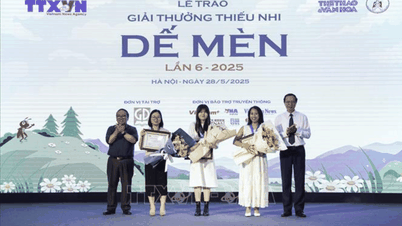
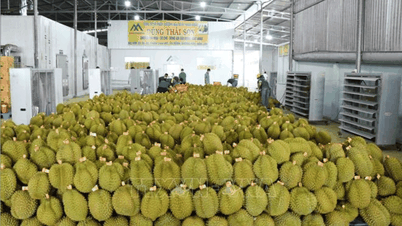
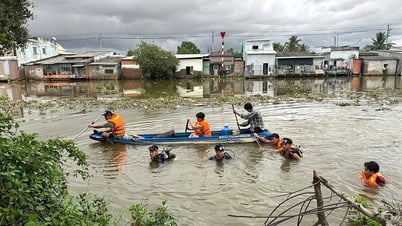
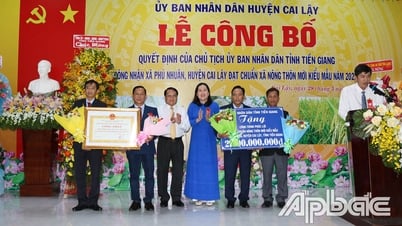
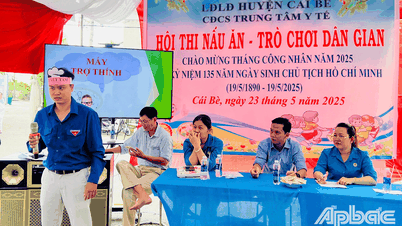







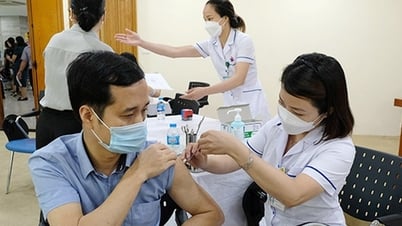

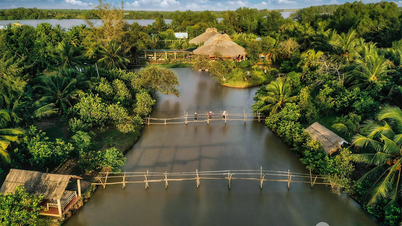
















































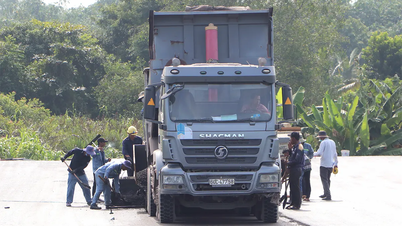

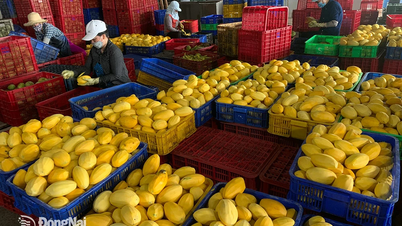
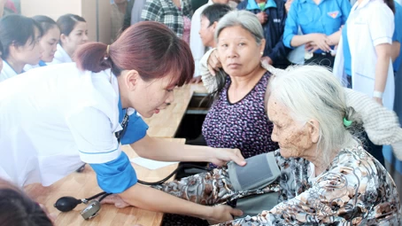
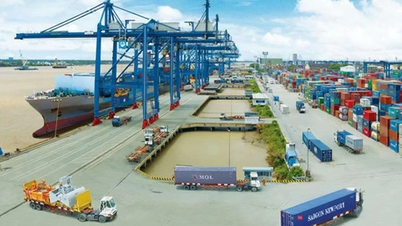








Comment (0)